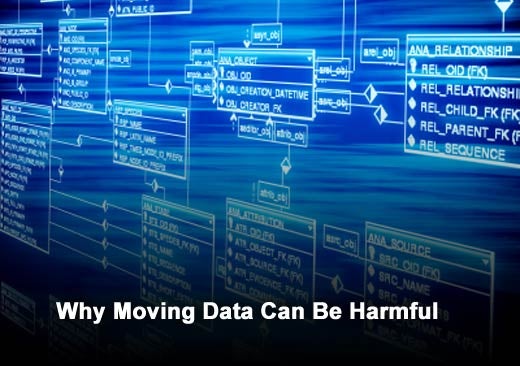In today’s Big Data-driven world, knowledge is everywhere. But it’s also increasingly hard to manage, as most companies are challenged with the proliferation of data in multiple systems, communities, social, on-premise and in the cloud. In fact, Gartner has predicted that data will grow by 800 percent in five years, with 80 percent of it unstructured. It seems like the more data we get, the less we can actually make sense of.
To be more competitive and overcome the challenges presented by this exponential data growth – considering the increases across volume, velocity and variety – companies must look to harness their data, garner better insights and increase return on what is arguably the greatest asset they possess – knowledge – by combining an organization’s unique know-how with data from the marketplace.
However, in attempting to achieve this level of insight from data located across an organization’s IT infrastructure and outside of it in places that matter, many companies make a common mistake: moving data. Here are five reasons, identified by Coveo, why moving data will only hinder the process of leveraging data for actionable insights and the return on a company’s collective knowledge.
Click through for five reasons why moving data will only hinder the process of leveraging data for actionable insights and the return on a company’s collective knowledge, as identified by Coveo.
Data movement projects are both expensive and time consuming. Many companies invest considerably in these projects, only to find that the data will still need to be cleansed and updated over time. Ultimately, a large portion of this data will be outdated.
Data can be unified in one view, regardless of where it resides, and consolidated in a “virtual information integration.” Unified indexing technology is the key to harvesting and harnessing big, fragmented data, without moving it. Enriching this data through automatic metadata application and text analytics allows it to be correlated and ranked for relevance based on dynamic criteria.
IT and technology vendors have promised the consolidation of all systems onto one platform. And as systems continue to proliferate and fragments of that information exist in many of them, as well as in social media and online communities, this promise has unfortunately not been fulfilled. Making this consolidation even more difficult, consider that the average organization has three times the number of information sources it had only 10 years ago.
Oftentimes, following data movement and consolidation, data is not updated properly. When employees use outdated information to complete tasks — and perhaps share it with customers — it becomes both a liability and a drain on productivity. Just imagine, for example, a call center agent not having the latest information on a customer they’re speaking with on the phone. This can result in wasted time and even more, a poor customer experience.
Not all content is relevant to all users. Companies need to have the ability to serve up the right information to the right people in the right context. Moving data hinders this ability, as the most relevant information may not be available to present in real time — and often, the base system will not understand the context of the user, requiring the user to search through long lists of content.








